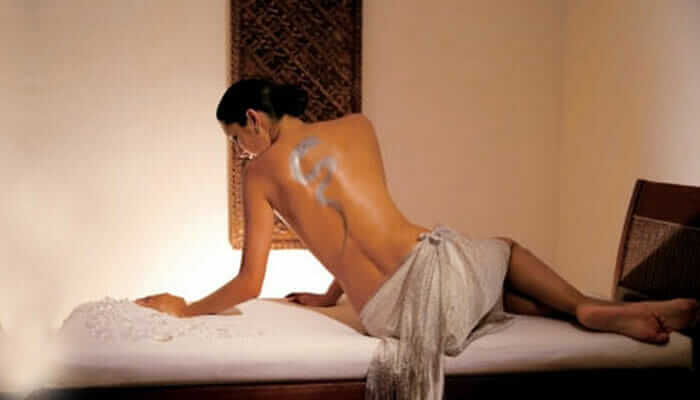There are numerous causes of scoliosis, and while the majority of people with the condition are children and teens, age is no bar to this issue. To put it simply, scoliosis is a curvature of the spine.
A normal spine, when viewed from the back is straight up and down, a spine afflicted can be either ‘S’ or ‘C’ shaped.
Scoliosis pulls the body out of synch, with the shoulders lowered on one side and one of the hips thrust out (this can occur on either side of the body).
The Effects of Scoliosis on the Body
Some cases are the result of genetics (a child will be born with a tendency towards the condition), scoliosis can also occur as a result of trauma (such as an automobile accident), but in many cases there is no way to determine what causes this curvature of the spine. Scoliosis is considered to be either structural or functional, depending on whether it is a congenital condition or one that has developed for other reasons.
Scoliosis tends to develop in childhood, starting off very gradually, but eventually leading to a noticeable curve to the back.
Very often a protruding shoulder blade is the first indication that something is amiss. While many cases of scoliosis are mild and produce no serious effects, scoliosis can cause problems:
- Scoliosis can alter the normal gait of the person, creating a stiff walk or run.
- Scoliosis can progress to kyphosis, which is an extreme curvature that shows itself as a hunched back.
- If severe it can impair breathing as it twists and compresses the chest towards the pelvic region.
- Even milder cases can lead to arthritis as the misaligned vertebrae rub against one another.
Can Massage Help Scoliosis?
Traditionally, this has often been treated by the use of braces and/or surgery, and while there are extreme cases where surgery will be the only answer, massage therapy can often help to alleviate the pain and discomfort that often accompany this condition.
- Massage therapy is excellent at improving circulation in muscles and other tissues, which can help to relax tightness and increase flexibility.
- Endorphins are our very own natural pain relievers – neurotransmitters released by the brain – massage encourages the production of endorphins which reduce pain, as well as relaxing the patient.
- Using a variety of massage techniques, your therapist can help to align vertebrae in the neck and back, helping to bring the spine more into the proper alignment.
- Massage therapy has proven itself to be valuable in enabling those with pain to sleep better, and to perform daily activities much more easily.
Anyone suffering, even if it is still asymptomatic, can benefit from massage therapy.
Regularly scheduled visits to a massage therapist can help prevent the condition from deteriorating further, and your massage therapist can also advise their patient about exercises that can also keep the pain under control.
